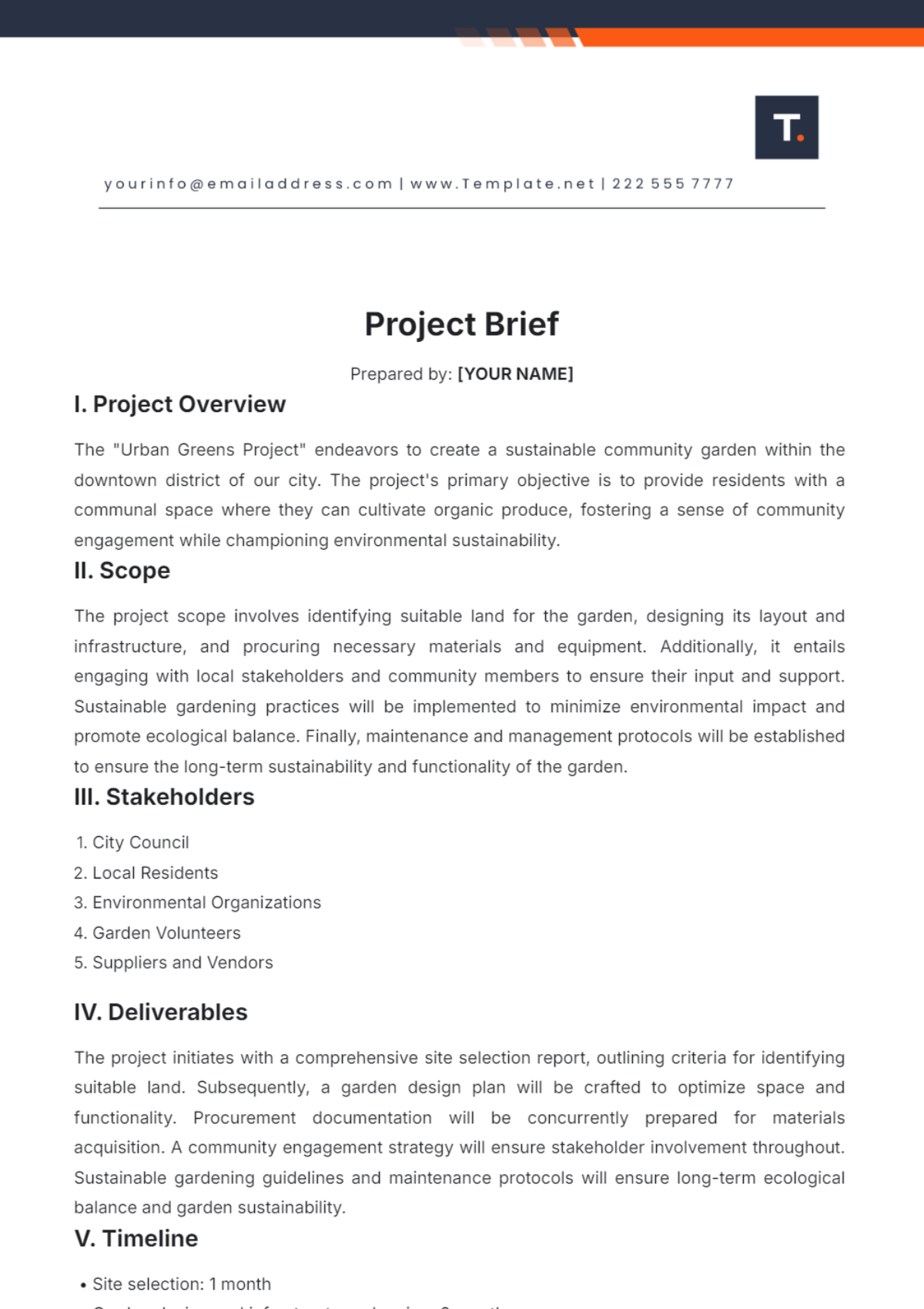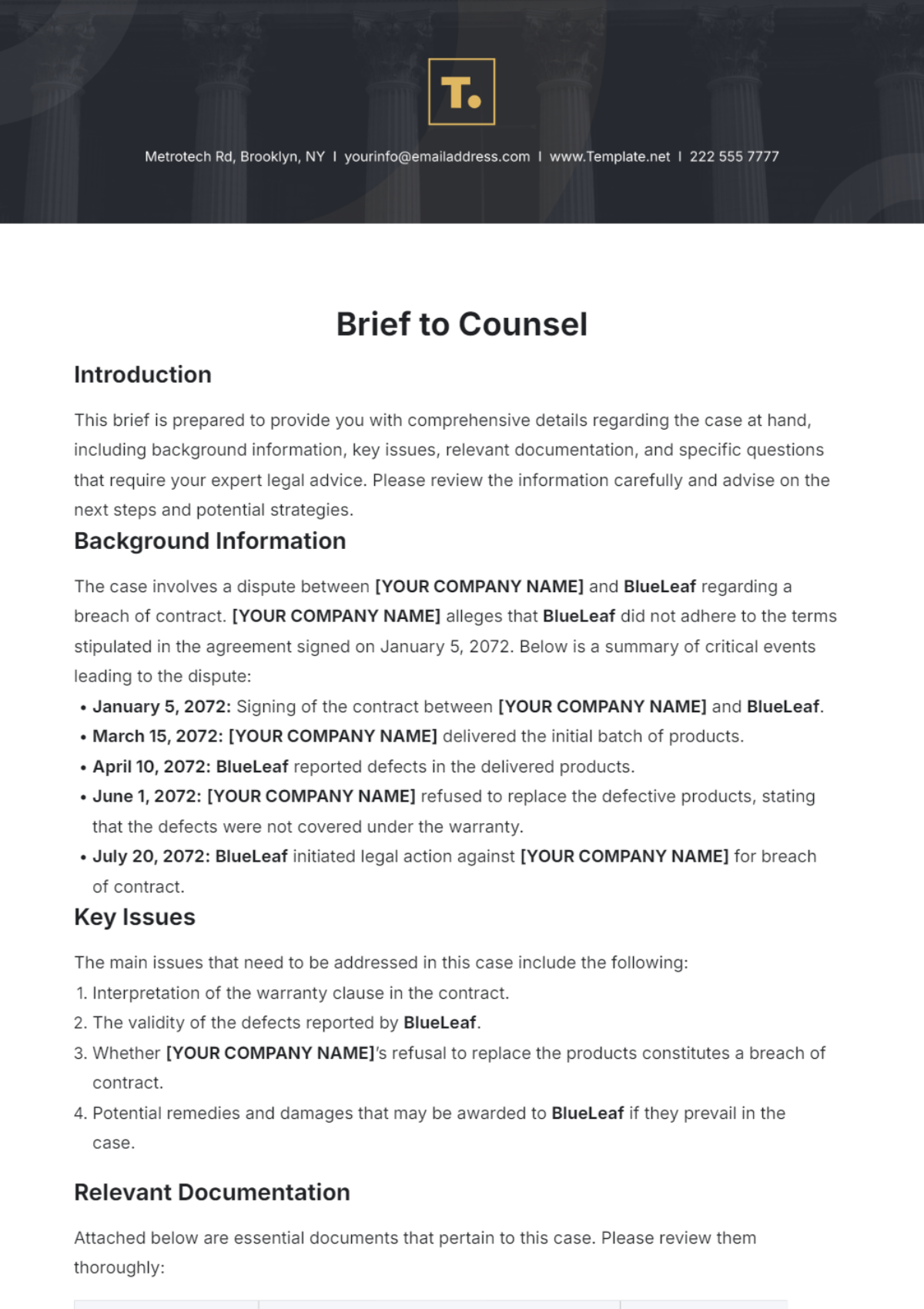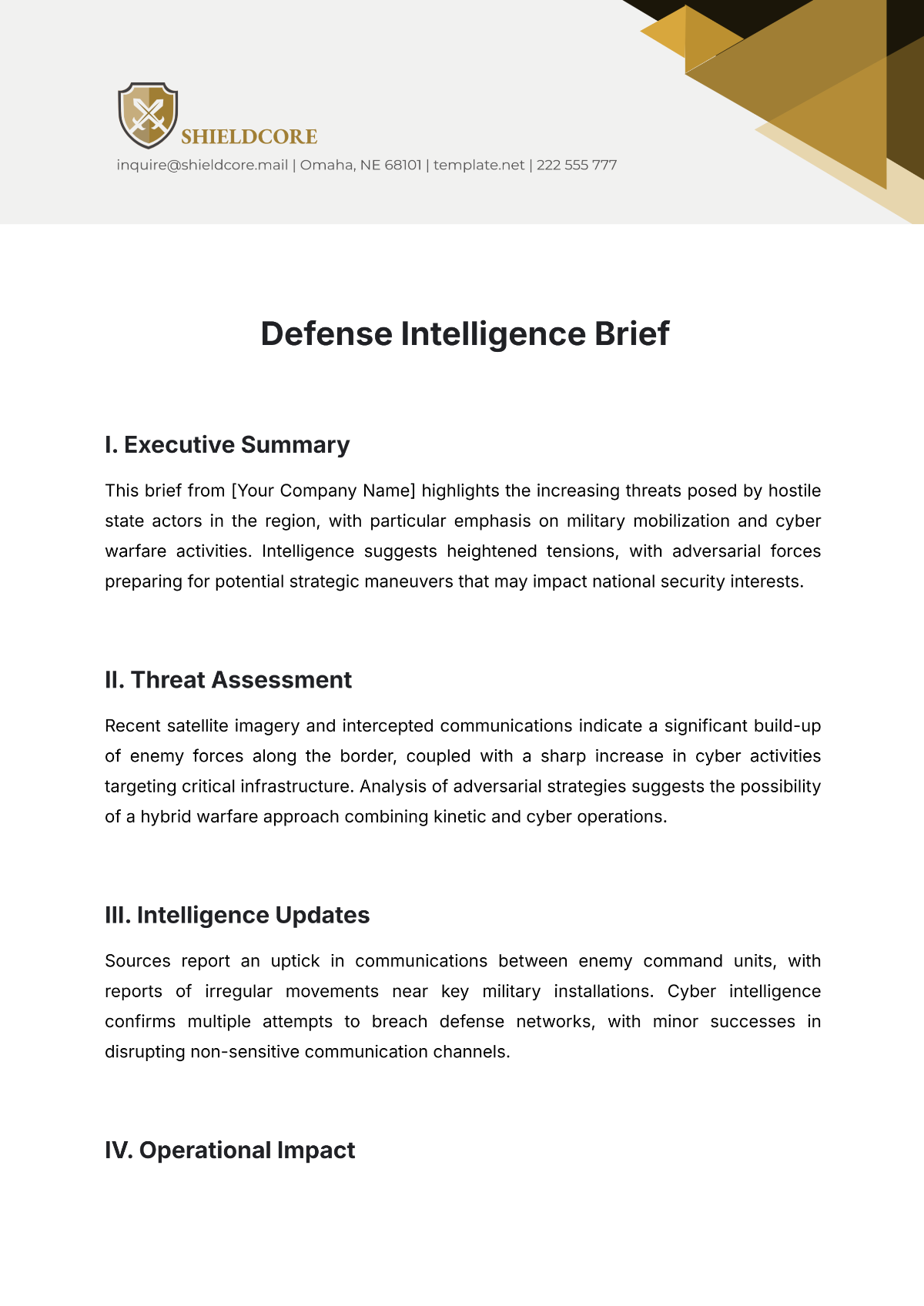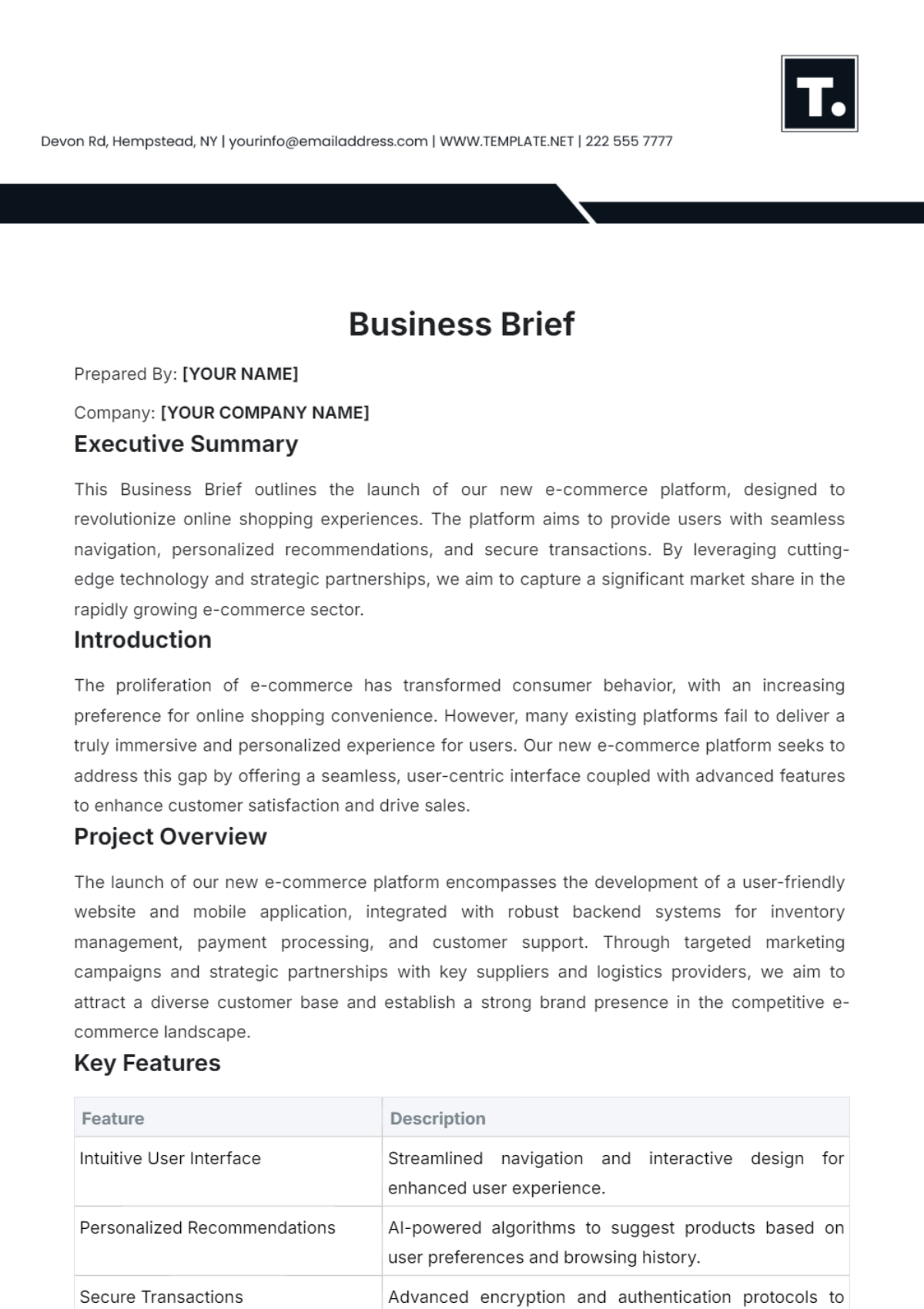Discussion Case Brief
Prepared by: [YOUR NAME]
I. Introduction
In this case, [CASE TITLE], the Supreme Court of [JURISDICTION NAME] was tasked with determining the ownership rights to a disputed parcel of land situated between two neighboring properties. The case involved longstanding disputes between [PLAINTIFF'S NAME], the plaintiff, and [DEFENDANT'S NAME], the defendant, regarding the boundary lines and usage rights of the contested land. The decision rendered by the court has significant implications for property law, particularly in cases involving adverse possession and boundary disputes.
II. Facts
[PLAINTIFF'S NAME] has been utilizing the disputed parcel of land for agricultural purposes for over 20 years.
[DEFENDANT'S NAME] claims ownership of the contested land based on a deed dating back to the early 1900s, which they inherited from their ancestors.
Both parties have conducted surveys and presented conflicting evidence regarding the historical usage and boundary markings of the disputed land.
III. Legal Issues
The primary legal issues presented in this case include:
Whether [PLAINTIFF'S NAME] has acquired ownership rights to the disputed land through adverse possession.
The validity and interpretation of the deed presented by [DEFENDANT'S NAME] to establish their ownership claim.
The determination of boundary lines is based on historical usage and relevant legal principles.
IV. Arguments
The parties presented the following arguments:
A. Plaintiff's Argument:
[PLAINTIFF'S NAME] argues that they have acquired ownership rights to the disputed land through continuous, open, and notorious possession for over 20 years.
[PLAINTIFF'S NAME] presents testimonies from neighbors and evidence of their consistent use of the land to support their claim.
B. Defendant's Argument:
[DEFENDANT'S NAME] contends that the deed they possess clearly establishes their ownership of the contested land.
[DEFENDANT'S NAME] cites historical records and property surveys to assert their family's longstanding ownership of the disputed parcel.
V. Decision
The court ruled in favor of [PLAINTIFF'S NAME], holding that they have acquired ownership rights to the disputed land through adverse possession. The court determined that [PLAINTIFF'S NAME]'s continuous and exclusive use of the land for agricultural purposes met the requirements for adverse possession under state law. Additionally, the court found that [DEFENDANT'S NAME] failed to provide sufficient evidence to rebut [PLAINTIFF'S NAME]'s adverse possession claim or establish their ownership rights based on the deed presented.
VI. Discussion
This case raises several important points for discussion:
The elements and requirements for establishing adverse possession under property law.
The significance of historical usage and property surveys in determining boundary lines and ownership rights.
The balance between protecting property rights and preventing unjust enrichment in boundary disputes.
VII. Educational Implications
The case [CASE TITLE] provides valuable insights into property law principles and serves as a useful educational tool for:
Law students: Understanding the application of adverse possession doctrine and evidentiary requirements in property disputes.
Legal professionals: Analyzing strategies for presenting and defending adverse possession claims in litigation.
Researchers: Exploring the intersection of property law, historical records, and judicial decision-making in boundary disputes.
VIII. Conclusion
In conclusion, [CASE TITLE] serves as an instructive example of the application of the adverse possession doctrine in resolving boundary disputes. Its analysis and discussion contribute to a deeper understanding of property law principles and have educational significance for students, legal professionals, and researchers.

















































